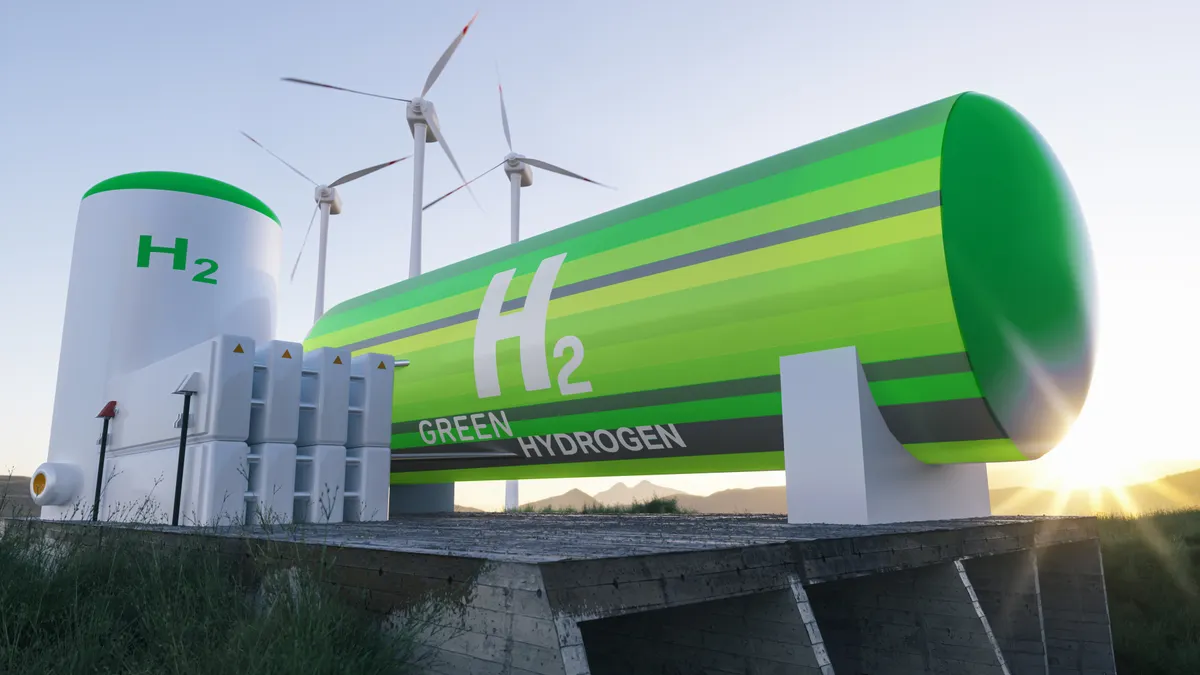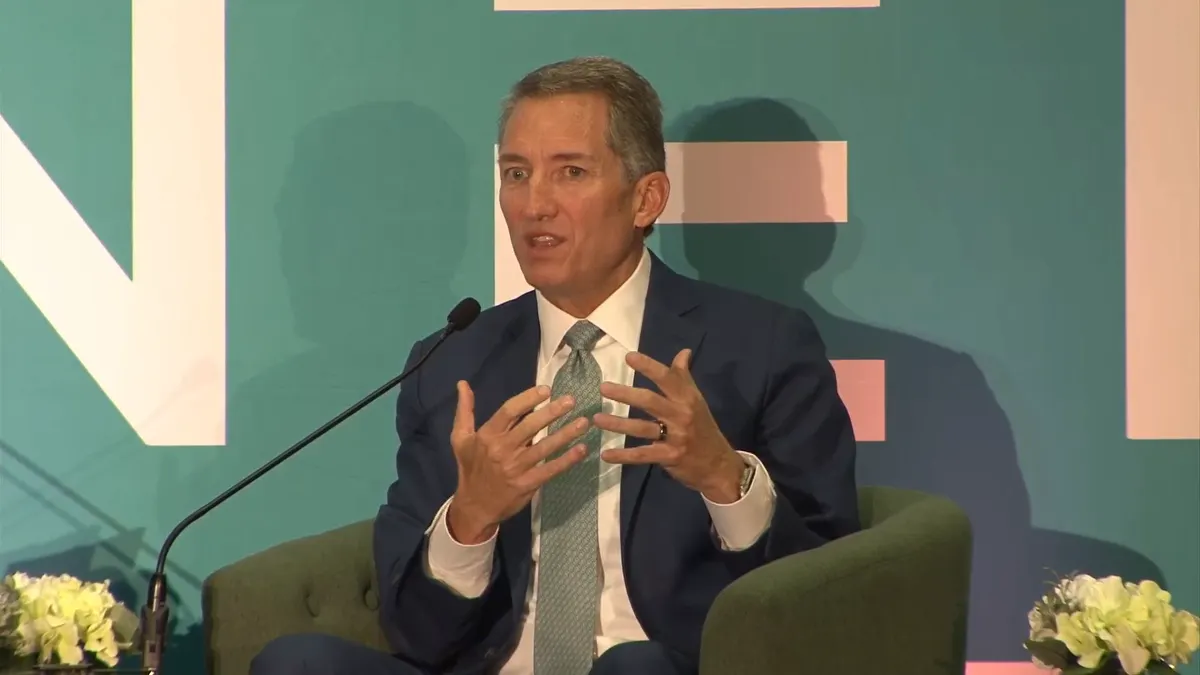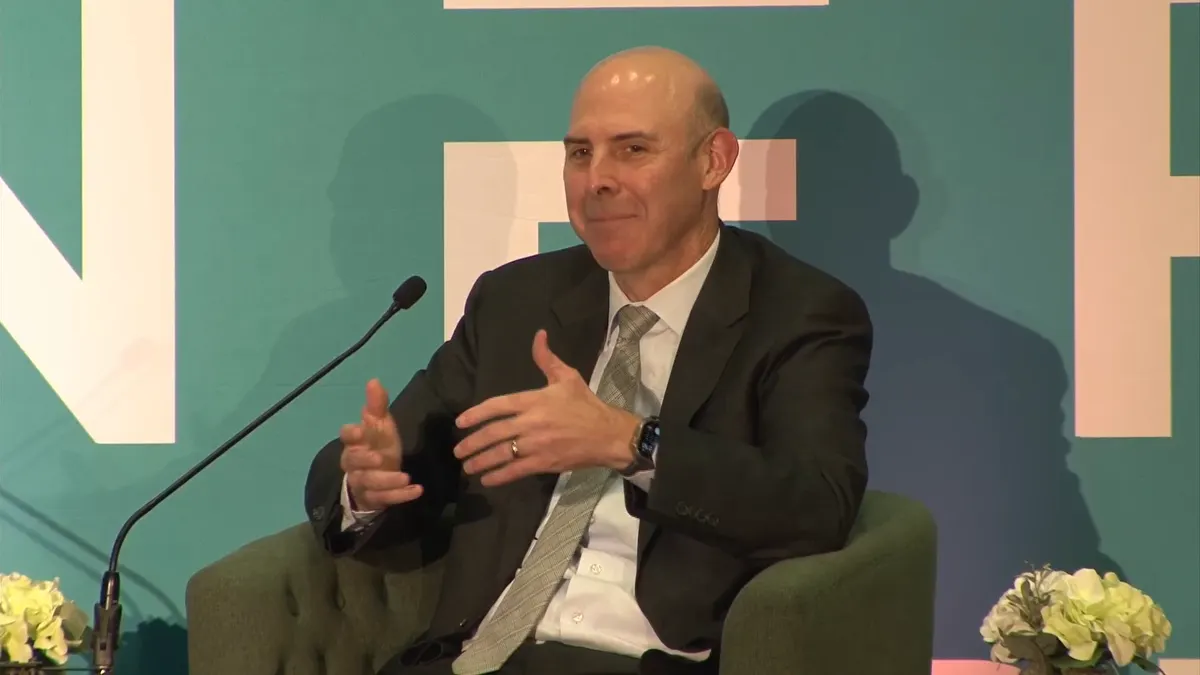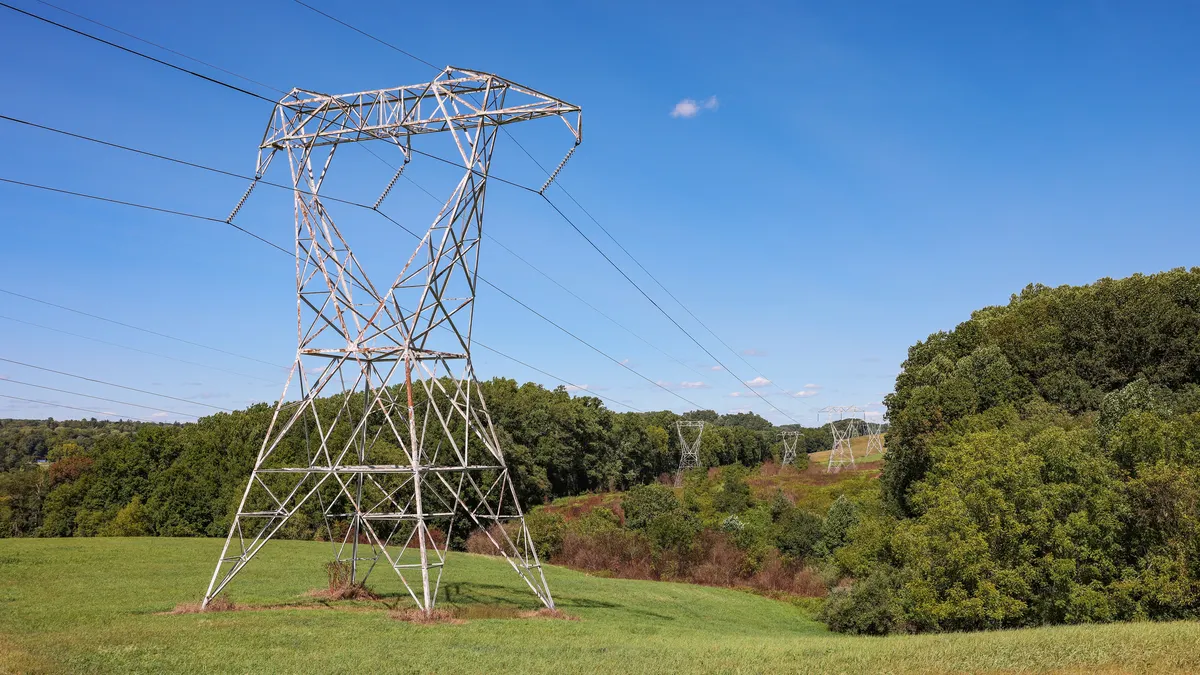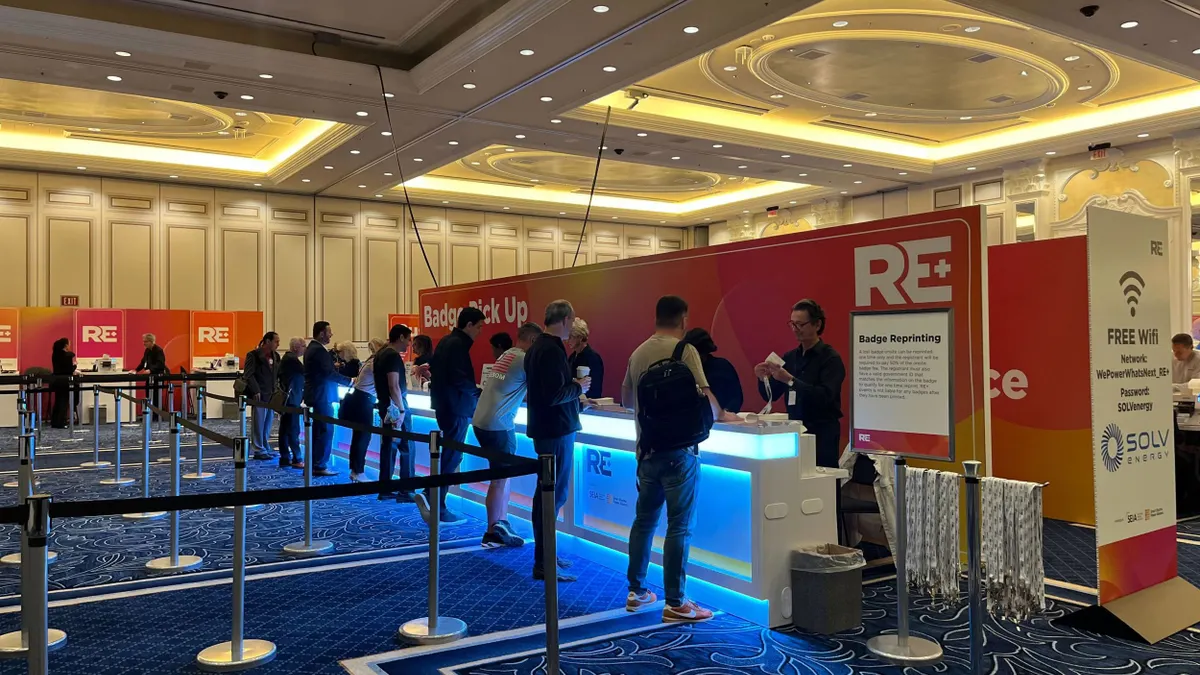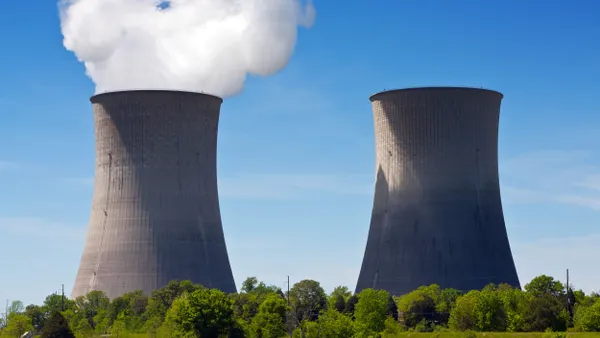Ben Gerber is CEO of M-RETS, the largest energy tracking platform in the world and the first U.S registry to perform hourly tracking. Killian Daly is executive director of EnergyTag, a non-profit which standardizes and promotes hourly tracking.
The production of clean hydrogen requires clean power. A lot of it. Without verifiable clean power matched to hydrogen production on an hourly basis, what passes as clean hydrogen may actually draw on dirty power, and burden the grid so greatly that fossil fuel generators are brought online to compensate. Clean hydrogen is only simple in name, and, over the past few months, upcoming rules defining clean hydrogen from the U.S. Treasury have been the subject of fervent public debate. These rules will decide if billions of dollars go to hydrogen that’s truly clean in practice or only on paper.
Recently, the American Clean Power Association, or ACP, the nation’s foremost clean energy group, released its framework for these tax credit rules. We applaud ACP’s recognition of the three pillars and the strong recommendation they made in favor of two of the three pillars required to ensure clean hydrogen. However, their proposal falls short on one of the most critical components of a clean hydrogen framework: hourly matching.
We cannot ignore the importance of adopting all three pillars to ensure billions of taxpayer dollars are not spent in a way that increases emissions while falsely labeling a fuel as “green.” In fact, due to efficiencies, failure to strictly adhere to the three pillars for electrolyzer produced hydrogen results in higher emissions than using natural gas as the feedstock.
Opponents of climate-aligned rules have made many arguments against hourly matching claiming it is not technologically viable, or that these guardrails would restrict the rapid deployment of clean hydrogen. As the leaders of two of the largest hourly energy tracking platforms globally, we know these claims are false. Hourly matching is feasible, in use today, and absolutely necessary for deploying clean hydrogen and building a clean grid.
Ensuring hydrogen is produced with carbon-free electricity every hour means that hydrogen projects consuming grid power must procure clean energy certificates for each hour they consume electricity. This helps ensure electrolyzer operation causes no increased grid emissions. Any alternatives, including annual matching of demand with clean energy, could see “clean” hydrogen increase emissions, hobbling its climate credentials and leading to massive subsidies to resources that are not as clean as they claim. Hourly matching ensures common sense prevails. For example, it prevents situations where daytime solar credits are used to claim subsidies for “clean” hydrogen produced at night. Taxpayer dollars must be spent with more care than that.
Hourly claims that match clean hydrogen grid electricity consumption with clean energy production are already possible across the United States. Today, M-RETS, an independent nonprofit energy tracking platform that covers most of the U.S., has over 120 million active hourly certificates in its system. That’s equivalent to one fifth of U.S. renewable generation.
M-RETS and PJM’s Generation Attribute Tracking System can already offer hourly tracking today across the majority of the U.S., and registries can easily adopt their software in areas not currently covered. There should therefore be no doubt that hourly tracking of clean electricity to match hydrogen production will be widespread in time for large-scale hydrogen deployment.
To be clear, we are strongly supportive of a scaled up clean hydrogen sector. Despite some industry claims, there is abundant analysis supporting a pathway to industry build-up using hourly matching. Recent modeling from Evolved Energy Research shows that a policy landscape with hourly matching requirements leads to hydrogen development at a nearly identical speed and scale to one without any guardrails.
The devil is in the details, but we can get the details right today. ACP’s recommendations include lax phase-in requirements for hourly matching and recommend any projects under development by the end of 2028 be exempt from matching. In practice, this would lead to highly-emitting “clean” hydrogen production all the way through 2042 and potentially hundreds of millions of tons of carbon emissions subsidized to the tune of $100 billion in government subsidies.
There is a better way. Toward the end of June, the EU finalized hydrogen policies requiring robust matching rules. The EU rules require monthly clean energy matching until 2030, and hourly matching for everything past 2030 with no grandfathering provisions. The clean hydrogen project pipeline has grown in the EU since the initial announcement of the rules in February — hourly matching hasn’t harmed the industry. In fact, the large tax credit and world-class clean energy resources in the U.S. will make it even more feasible to implement the three pillars in the U.S. For example, Colorado passed the nation’s first ever hydrogen standards in a bid to capture a greater share of production in the emerging sector. Colorado’s rules also mandate hourly matching.
Globally, hourly matching for hydrogen is becoming the norm, not the exception. The EnergyTag Initiative sets a standard and promotes hourly tracking globally. The initiative brings together over five hundred organizations including UN Energy, Google and Microsoft, along with many of the world’s largest electricity players. Google, an ACP member who challenged the association’s recommendation, is deploying hourly tracking across its global operations right now and has signed multiple deals with large utilities requiring hourly tracking.
In the U.S., a combination of a more carbon intensive power sector, lack of national climate policies and massive subsidies for hydrogen mean that strong standards are needed even more urgently than across the Atlantic as the emissions consequences could be far worse.
The alternatives proposed by many in the U.S., such as allowing fossil-electricity used in hours of scarce clean power availability to be “cleaned-up” with certificates from hours when clean power is abundant, are not good enough. This could unleash a carbon scandal that would hobble hydrogen’s crucial role in decarbonizing U.S. industry as well reduce the country’s ability to export to the international hydrogen markets requiring hourly matching.
As the Treasury makes up its mind about the rules that will shape the trajectory of the U.S. transition to a clean economy, it should keep two things front of mind: Hourly matching is possible today, and it's the only route to a hydrogen sector in line with U.S. climate ambitions


